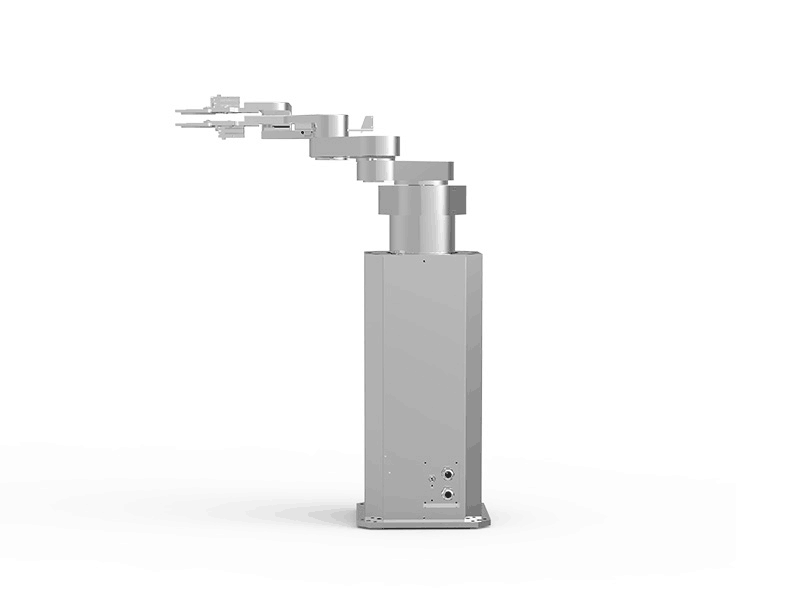In the realm of industrial robotics, SCARA (Selective Compliance Articulated Robot Arm) robots have emerged as versatile workhorses, performing a myriad of tasks with unparalleled precision. Central to their agility and accuracy is the configuration of their robotic arms, defined by the arrangement of SCARA robot axis. This passage delves into the crucial role played by these axis in shaping the capabilities and functionalities of SCARA robots, showcasing how the design of these arms influences their performance in various applications.
Understanding SCARA Robot Axis: A Framework for Precision
Horizontal Axis: Fast and Precise Circular Motion
At the heart of the SCARA robot configuration is the horizontal axis. This axis enables rapid and precise circular motion in the horizontal plane, defining the robot's ability to move smoothly around a work area. Whether it's assembling components on a production line or executing intricate tasks in electronics manufacturing, the horizontal axis is instrumental in achieving the speed and accuracy for which SCARA robots are renowned. This axis is the foundation for the dynamic and versatile movement that characterizes SCARA robots in various industrial applications.
Vertical Axis: Controlled Vertical Movement
Complementing the horizontal axis is the vertical axis, which facilitates controlled vertical movement. This axis allows SCARA robots to move up and down, providing the necessary range for tasks that involve stacking, sorting, or accessing different levels within a workspace. The synergy between the horizontal and vertical axis is critical for achieving a three-dimensional range of motion, enabling SCARA robots to navigate complex tasks with efficiency and precision. The vertical axis is particularly crucial in applications where tasks involve height variations or require access to multiple levels within a production environment.
Dynamic Collaboration: The Interplay of SCARA Robot Axis
Radial and Angular Axis: Achieving Flexibility in Orientation
The interplay between radial and angular axis defines the orientation and flexibility of SCARA robots. The radial axis allows the robot's arm to rotate around a central point, while the angular axis permits angular adjustments in the robotic tool's orientation. This combination of radial and angular axis empowers SCARA robots to manipulate objects from different angles, enhancing their adaptability in tasks that demand diverse orientations. From precision handling in assembly processes to intricate tasks in laboratory settings, the dynamic collaboration of these axis broadens the scope of applications for SCARA robots.
High-Speed Performance in Pick-and-Place Operations
SCARA robots excel in pick-and-place operations, a testament to the optimized interplay of their axis. The coordinated movement of horizontal, vertical, radial, and angular axis allows for swift and precise pick-up and placement of objects. This high-speed performance is invaluable in scenarios where efficiency and cycle time are critical factors, such as in material handling, packaging, or semiconductor manufacturing. The synchronized motion of SCARA robot axis ensures that pick-and-place operations are executed with remarkable speed and repeatability.
Applications Across Industries: Tailoring SCARA Robot Axis for Specific Tasks
Electronics Assembly: Precision in Miniaturized Environments
In electronics assembly, where components are often miniaturized and tightly packed, the precision offered by SCARA robot axis becomes indispensable. The horizontal and vertical axis allow for intricate movements, while the radial and angular axis enable precise orientation adjustments. SCARA robots shine in applications such as soldering, circuit board assembly, and small-parts handling, where their ability to navigate confined spaces with accuracy is a defining advantage.
Automated Testing and Inspection: Ensuring Quality with SCARA Precision
SCARA robots find application in automated testing and inspection processes, leveraging their axis to execute precise movements for quality control. The flexibility provided by the radial and angular axis allows for the inspection of objects from various angles, ensuring thorough and accurate assessments. Whether in automotive robots examples or applications of robots in pharmaceutical industry, SCARA robots contribute to the assurance of product quality through their controlled and repeatable movements.
Looking Ahead: Advancements in SCARA Robot Axis Technology
Integration of Advanced Sensing Technologies
The future of SCARA robot axis lies in the integration of advanced sensing technologies. The incorporation of sensors, such as vision systems and force feedback sensors, will enhance the robots' ability to perceive and respond to their environment. This sensory feedback loop will further refine the precision and adaptability of SCARA robots, enabling them to navigate unpredictable scenarios and collaborate more effectively with human counterparts.
Enhancements in Machine Learning and Control Algorithms
As machine learning and control algorithms continue to advance, SCARA robots are poised to benefit from enhanced decision-making capabilities. Adaptive learning algorithms will empower these robots to optimize their movements based on experience, improving efficiency and adaptability in real-time. This evolution will contribute to a new era of SCARA robots that can autonomously adapt to evolving tasks and environments.
In conclusion, the role of SCARA robot axis is pivotal in defining the capabilities and applications of these robotic systems. The precise coordination of horizontal, vertical, radial, and angular movements empowers SCARA robots to excel in a wide range of industrial tasks. As technology continues to progress, the evolution of SCARA robot axis holds the promise of even greater precision, adaptability, and efficiency, ensuring their continued relevance in the ever-changing landscape of industrial automation.
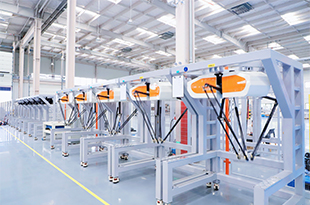 Learn More
Learn More 
 EN
EN  ja
ja  ko
ko  fr
fr  de
de  es
es  ru
ru  pt
pt  ar
ar  vi
vi  ur
ur 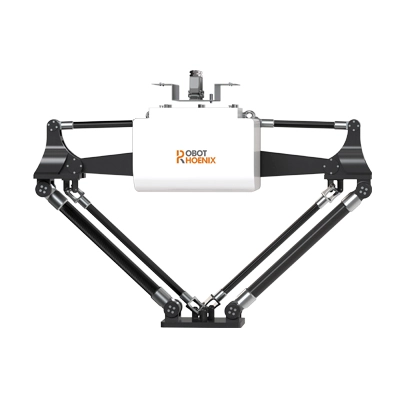
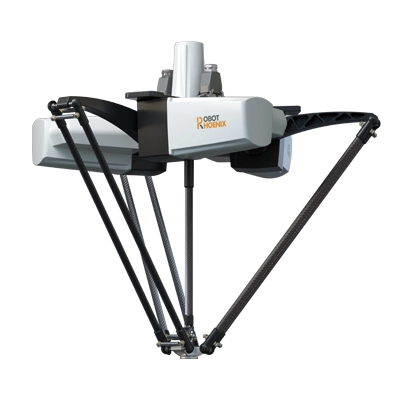
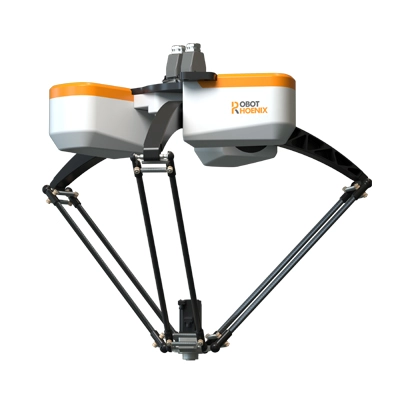
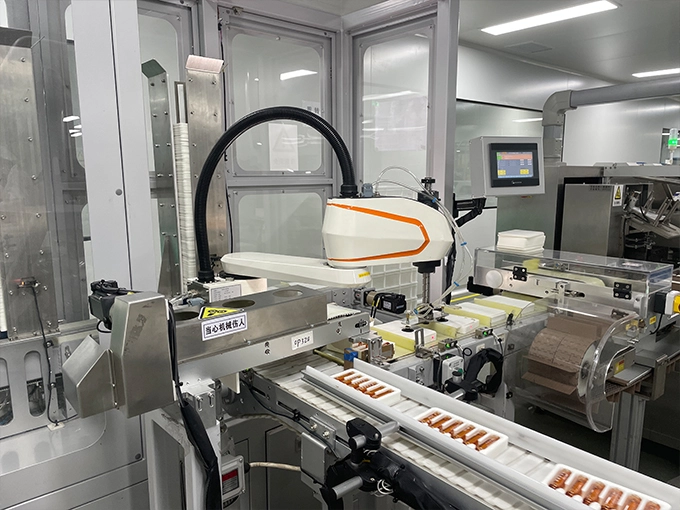
(1).png)
